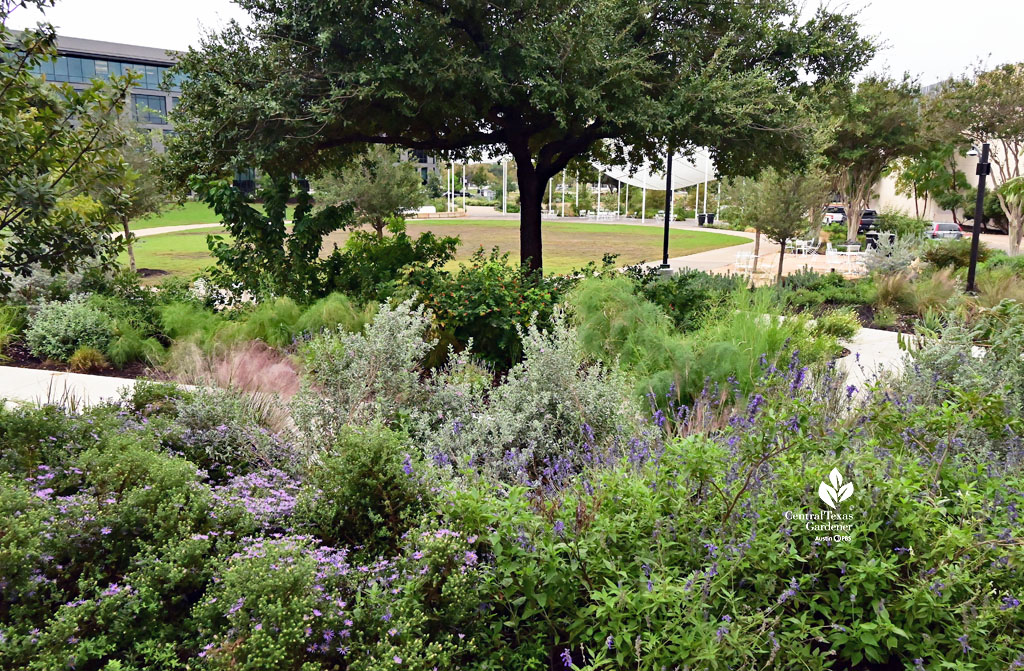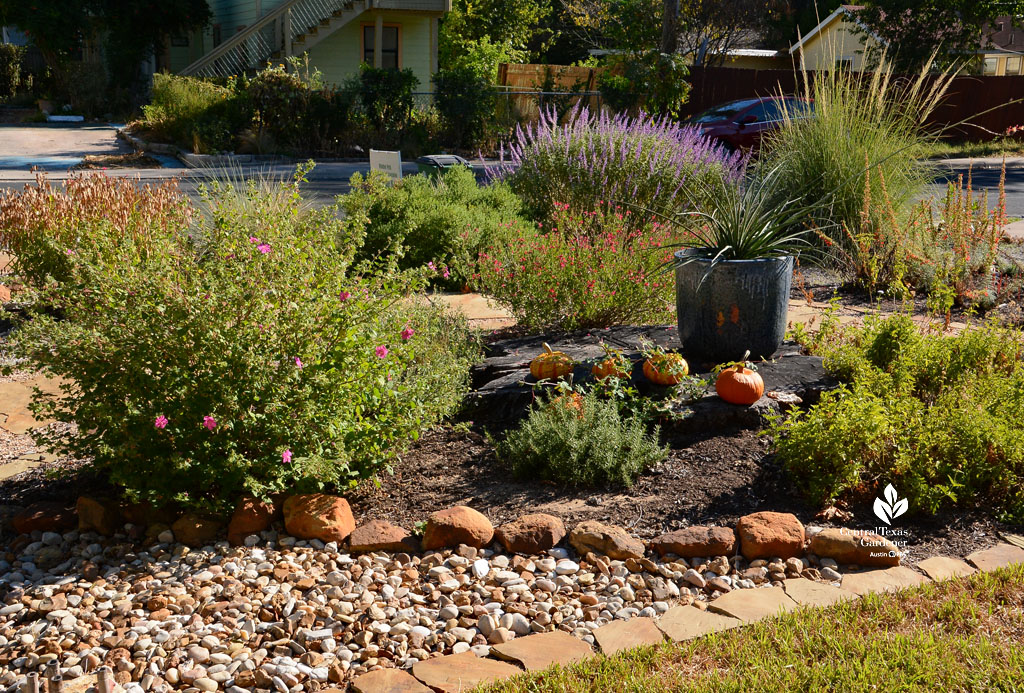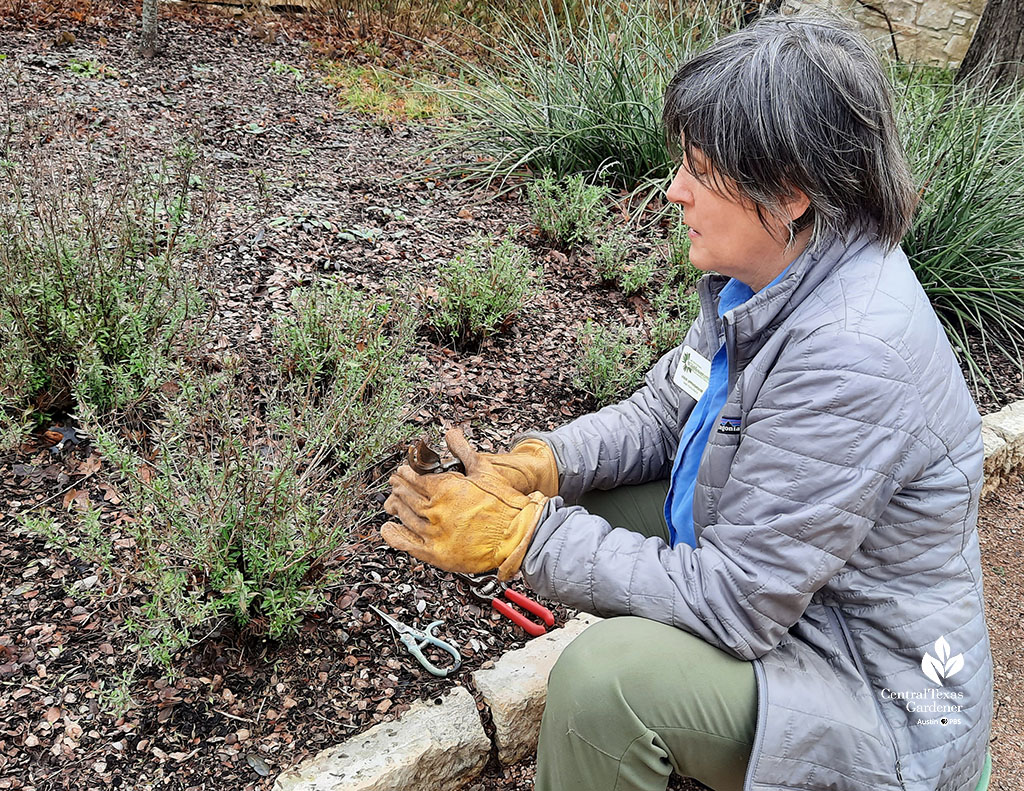[ad_1]
April 6, 2024
New Episode: Local weather-Resilient Habitats

“A local weather resilient habitat is about offering native wildlife with the correct mix of native crops that can stop the consequences of local weather change turning into worse, but in addition will cope at this second with the consequences of local weather change,” Rebeca Quiñonez-Piñón tells us this week.
Rebeca, Local weather-Resilient Habitats Program Director on the Nationwide Wildlife Federation, joins John Hart to clarify how we may help wildlife adapt to the brand new regular, proper in our personal yards.
April 14 is Nationwide Gardening Day, although we plant a lot of our perennials and our bushes in fall to get roots established earlier than warmth will get us! Nonetheless, now’s when many crops can be found. On the Wildflower Heart, purple coneflowers mingle with lantana, big coneflower, and vining Carolina jessamine, a aromatic spring bloomer. Simply maintain new crops watered as we head into warmth!
As city areas turn out to be extra fragmented, each yard and even each balcony or patio container backyard makes a distinction to foster generations of all types of wildlife.
“City areas may be helpful to native wildlife species if climate-resilient native habitats are included inside every metropolis’s infrastructure,” Rebeca notes. “Changing vacant tons, roadsides, metropolis parks, and residential yards into inexperienced areas with native crops will improve the capability of native wildlife to adapt to local weather change and improve habitat connectivity.”
As a Monarch Restoration Specialist, Rebeca works with volunteers—together with in Hidalgo County—to revive habitat, each by flowering crops for grownup butterflies and milkweeds, the host plant for his or her caterpillars.
After all, keep away from pesticides! In the event you should use a caterpillar management for tomato hornworms, watch out to not spray different crops that may be host crops for a lot of butterflies and moths. NOTE: even “natural” pesticides can hurt birds and all bugs, together with bees.

To assist wildlife, add meals, water, and shelter. Numerous wildlife will deal with any “pest” issues! Discover ways to turn out to be a NWF Licensed Wildlife Habitat.
Develop into a NWF Monarch Steward and/or Citizen Scientist.
Try NWF’s Native Plant Finder.
Discover the Wildflower Heart’s complete lists.
On tour, we go to Mansi Parikh and Aditya Prasad (and pup Tina) of their Licensed Wildlife Habitat. When a child was on the way in which, they’d huge plans for his or her first backyard in 2021 till harsh climate and novice errors despatched them again to the drafting board. Learn the weblog put up.
One dimension (or soil) doesn’t match all crops. Daphne explains why your soil kind issues. On this east Austin backyard, there’s rock rose (Pavonia lasiopetala), salvias, muhly grasses, and inland sea oats. (Asters out of view.)
She additionally breaks down the distinction in soil, compost, and mulch. “Soil is made up of three mineral parts: sand, silt, and clay. In the event you’re fortunate, you might also have some naturally occurring natural matter in your soil, but when not, you’ll be able to work some in by incorporating compost into your yard and backyard beds,” she says.
Compost, relying on the substances used to create it, is just about 100% natural matter, which means that each one the supplies that went into creating it have been as soon as alive—like leaves, grass clippings, and, typically, manure.
Mulch can be normally 100% natural matter, however it isn’t damaged all the way down to the extent of compost. The bigger mixture materials of most mulches serves as a protecting layer on high of the soil, serving to to maintain it insulated from excessive chilly and warmth, and serving to it to retain moisture by serving as a barrier between the soil beneath and the drying forces of the solar and wind above.
Autumn sages (Salvia greggii) are blooming now simply in time for returning hummingbirds, together with bees and butterflies. Shaping and cleansing them up in February retains them wholesome and stuffed with flowers. We will trim once more after this bloom cycle and once more in late summer season for fall blooms proper together with the asters.
To indicate us how, we met up with horticulturist Leslie Uppinghouse on the Wildflower Heart.
Watch now!
Thanks for stopping by! See you subsequent week, Linda
[ad_2]


